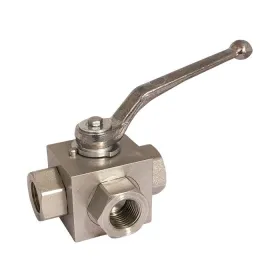Rotary Joint for Machine Tool Industry
Multi-purpose gas-liquid Rotary Joint
Multi Passage Gas-Liquid Rotary Union
Custom fitting
Bracket fitting
GHS/GHSA swivel joint
GHP/GHPA rotary joint
G5485
GB type high pressure rotary joint
GFP/GFPA dry running coolant rotary joint
GFS/GFSA dry running coolant rotary joint
GFL/GFLA dry running coolant rotary joint
GFR/GFRA dry running coolant swivel
Built-in rotary joint of GAI
GA General Purpose gas-liquid Rotary Joint
- Home
- About Us
- Products
- Hydraulic Fittings
- Rotary Joint for Machine Tool Industry
- Multi-purpose gas-liquid Rotary Joint
- Multi Passage Gas-Liquid Rotary Union
- Custom fitting
- Bracket fitting
- GHS/GHSA swivel joint
- GHP/GHPA rotary joint
- G5485
- GB type high pressure rotary joint
- GFP/GFPA dry running coolant rotary joint
- GFS/GFSA dry running coolant rotary joint
- GFL/GFLA dry running coolant rotary joint
- GFR/GFRA dry running coolant swivel
- Built-in rotary joint of GAI
- GA General Purpose gas-liquid Rotary Joint
- Rotary Joint in Paper Industry
- Rotary Joint for Metallurgical Industry
- Complete Metallurgical Equipment and Accessories
- Industrial Ball Valve
- Labor Protection Products
- Products of SD Steel
- Low temperature thermometer
- Seamless Precision Steel Tube Series
- Precision S.S.Pipe Assembly Series
- News
- Application
- Contact Us














